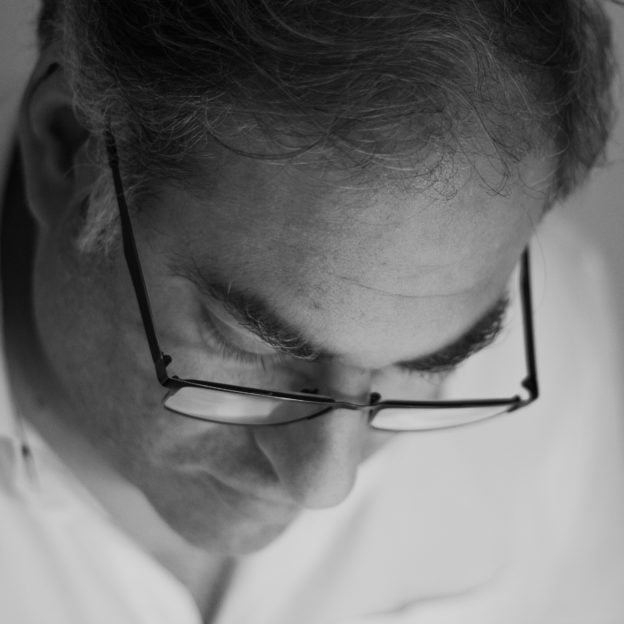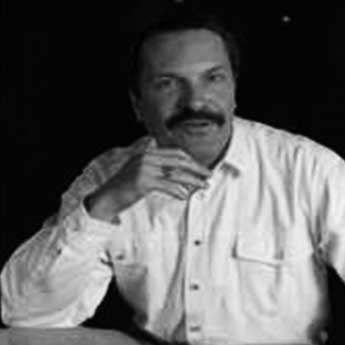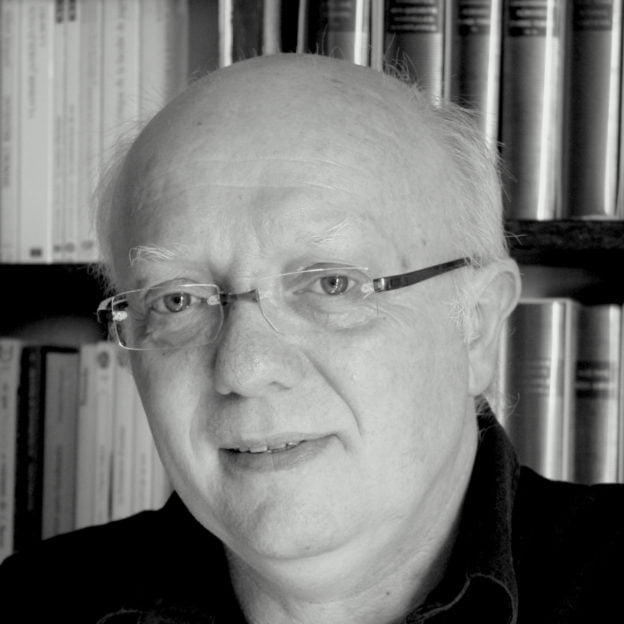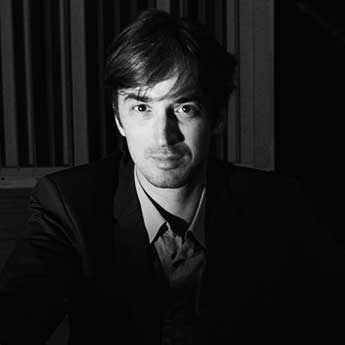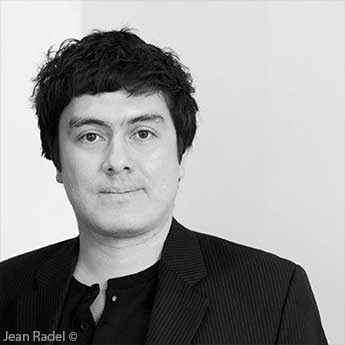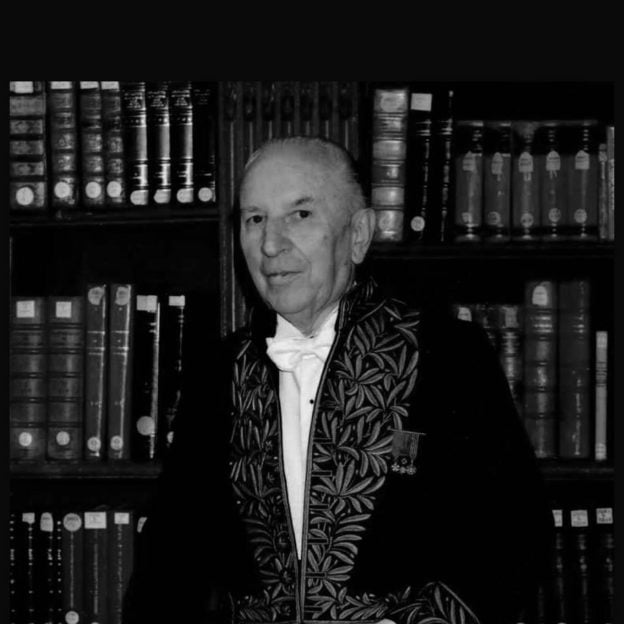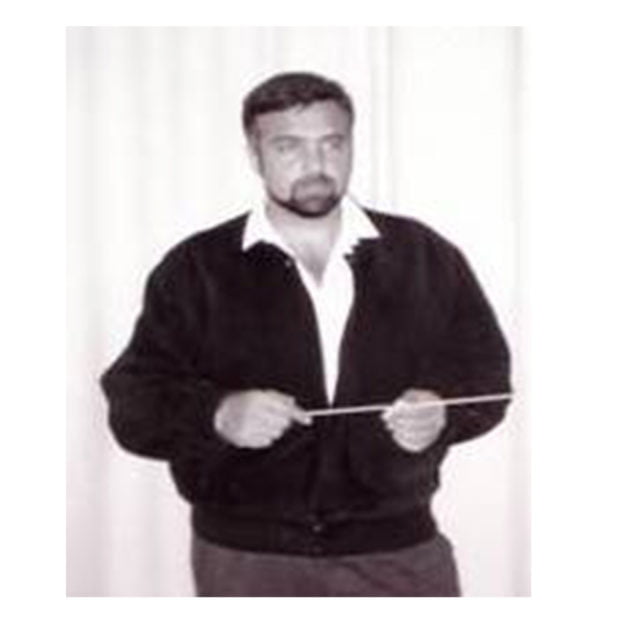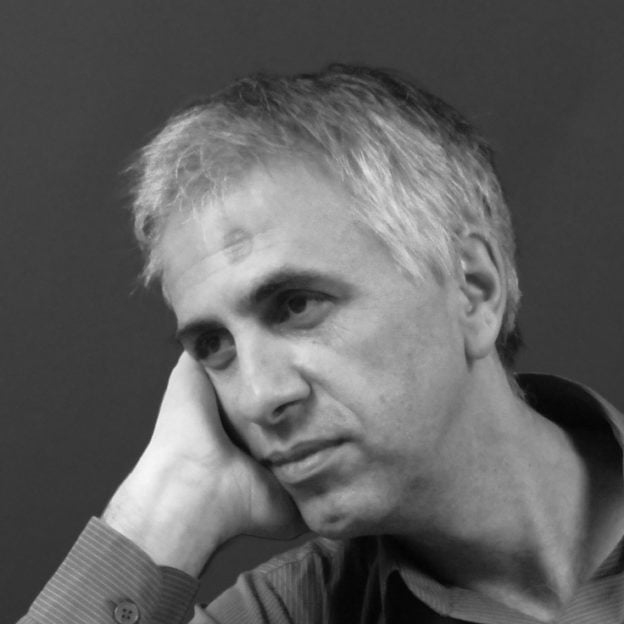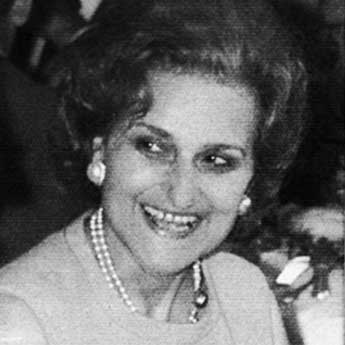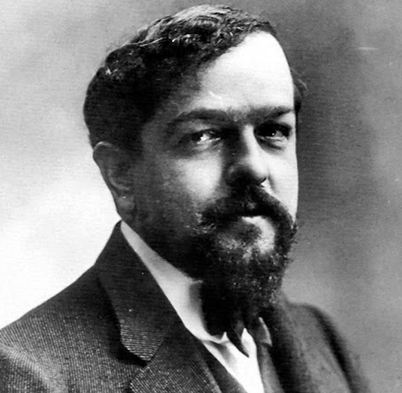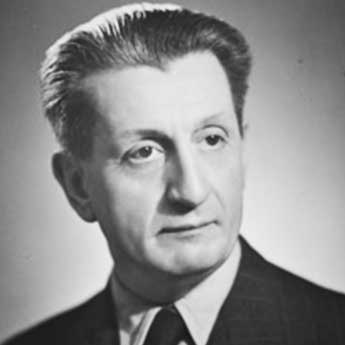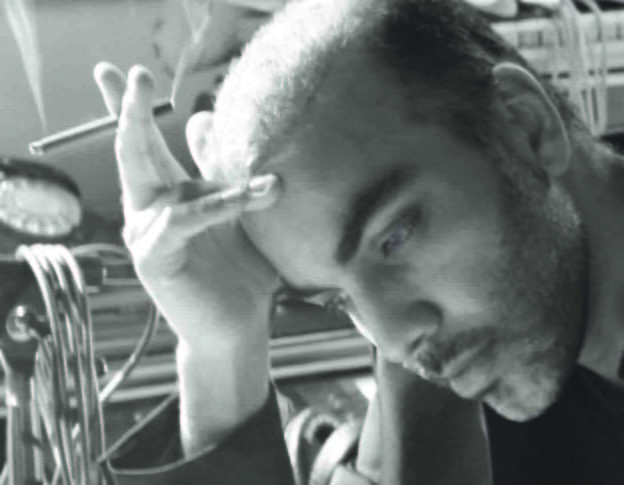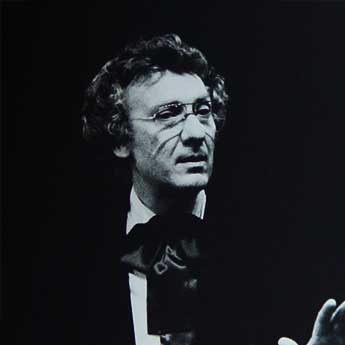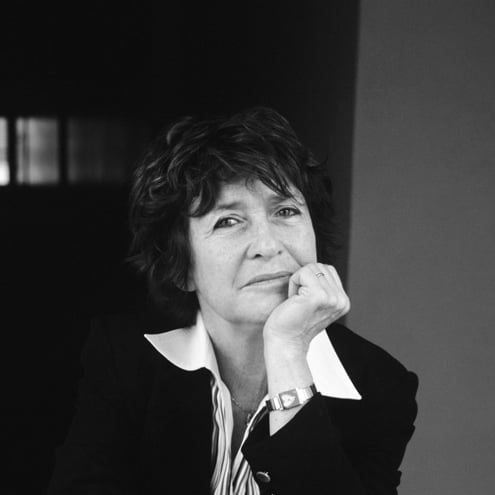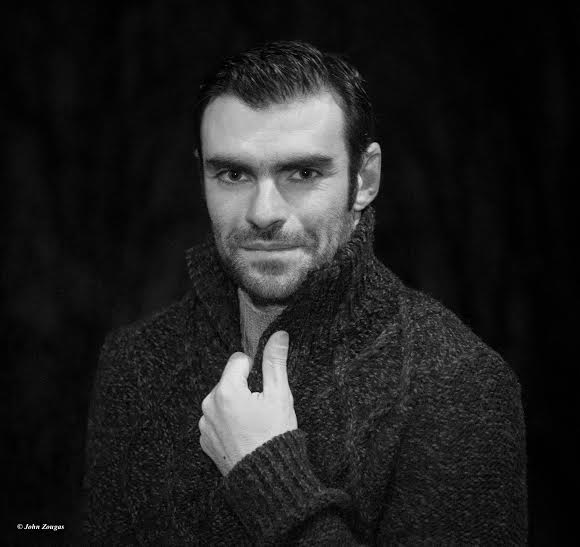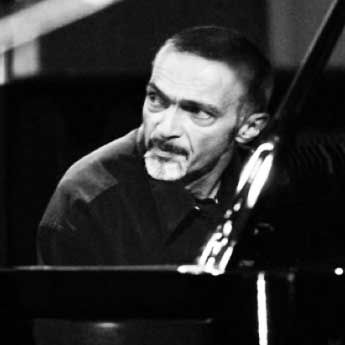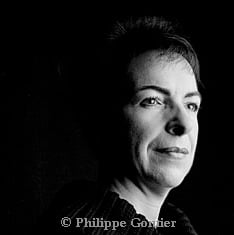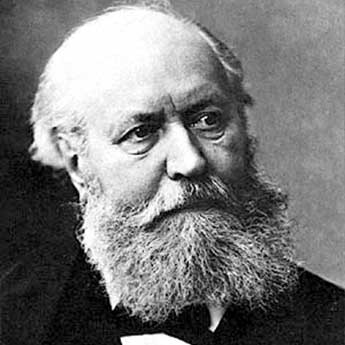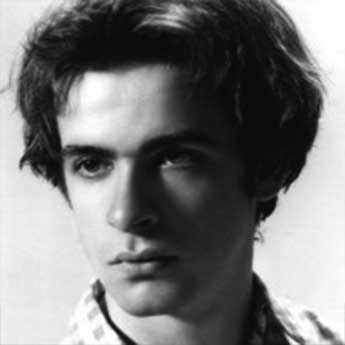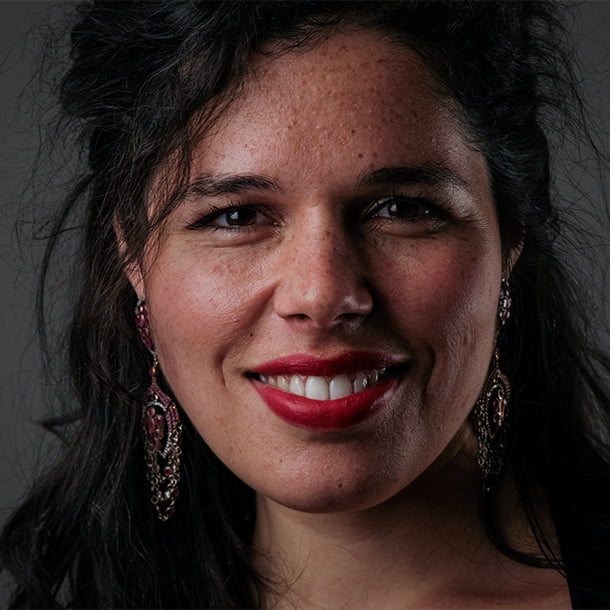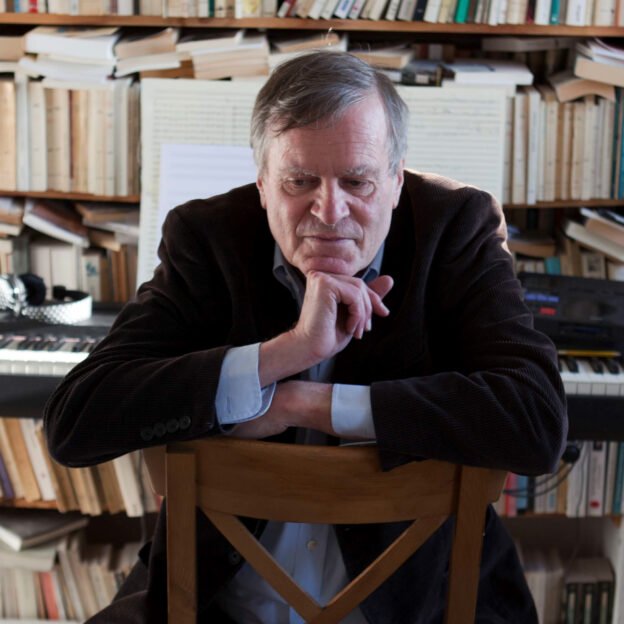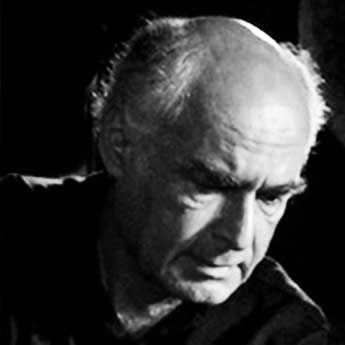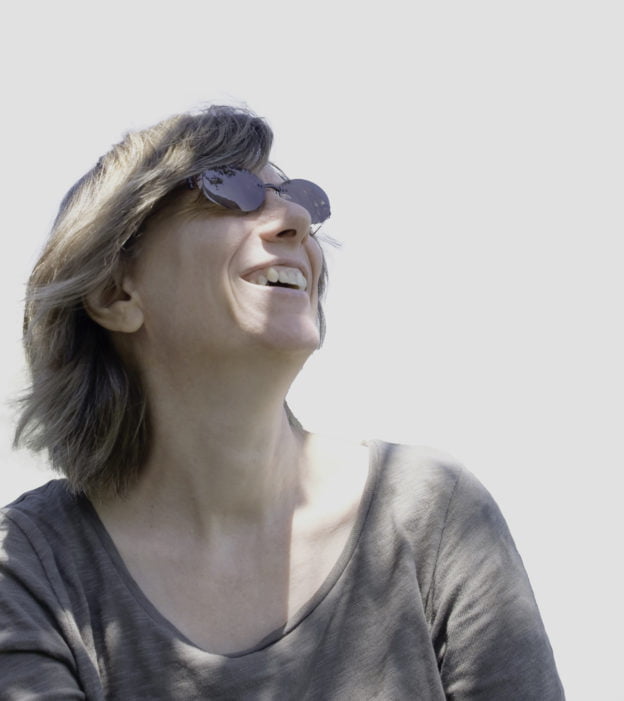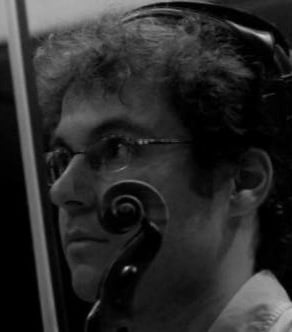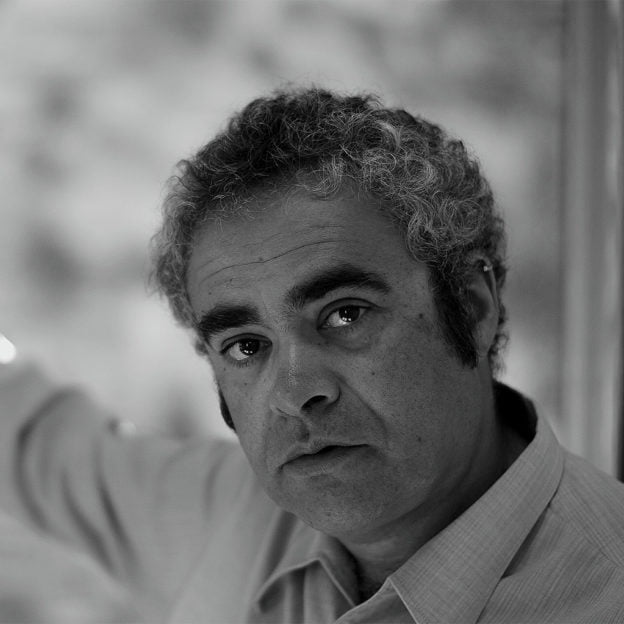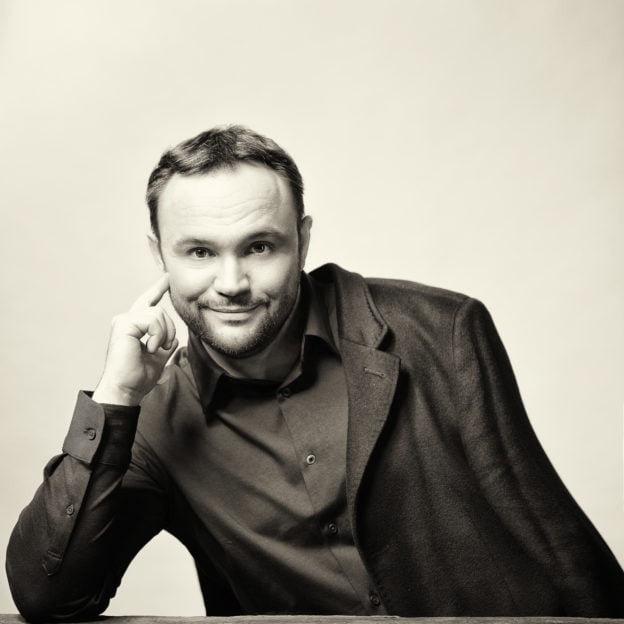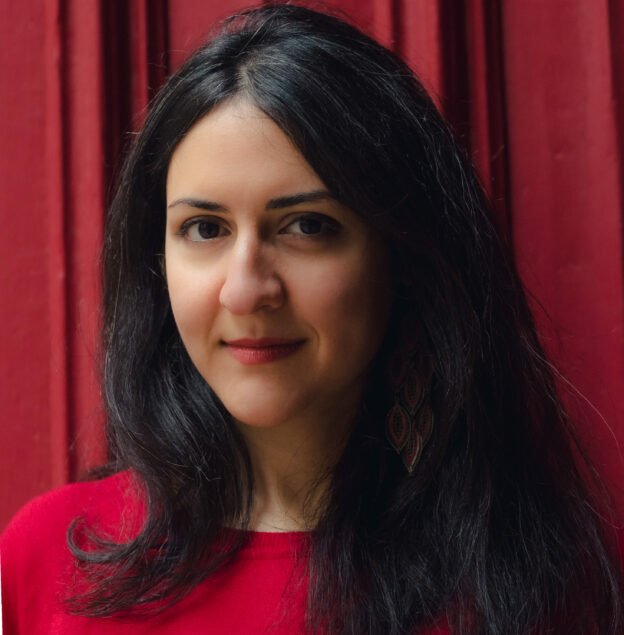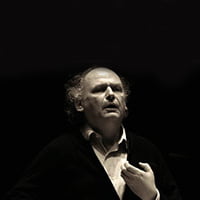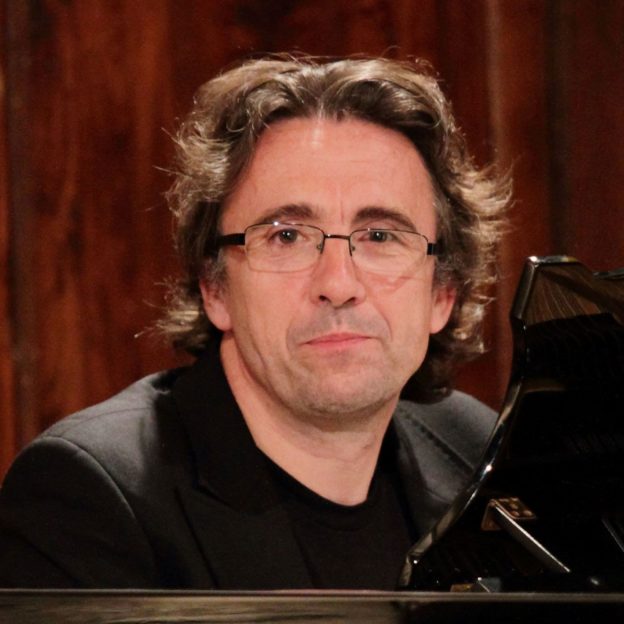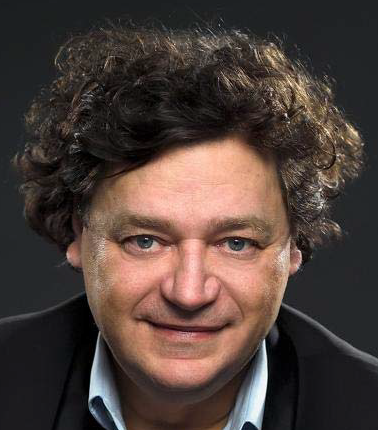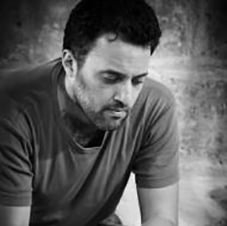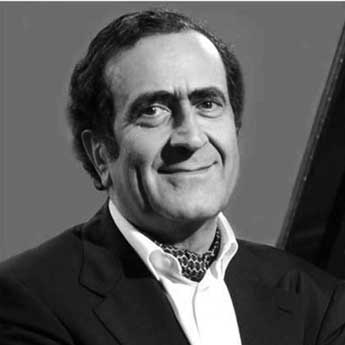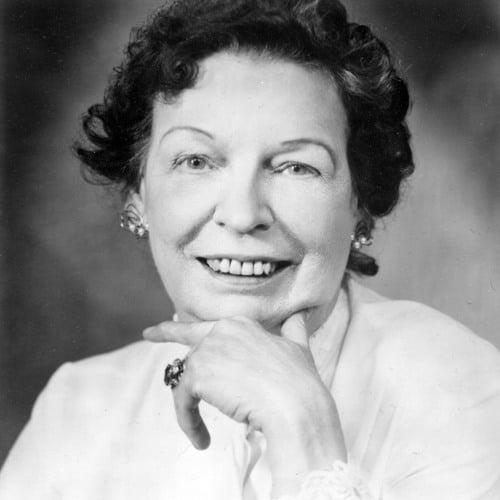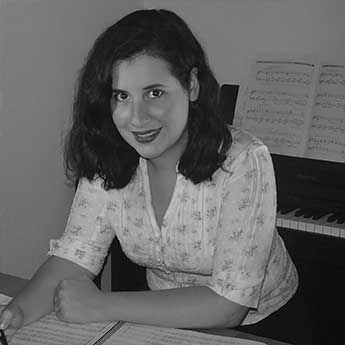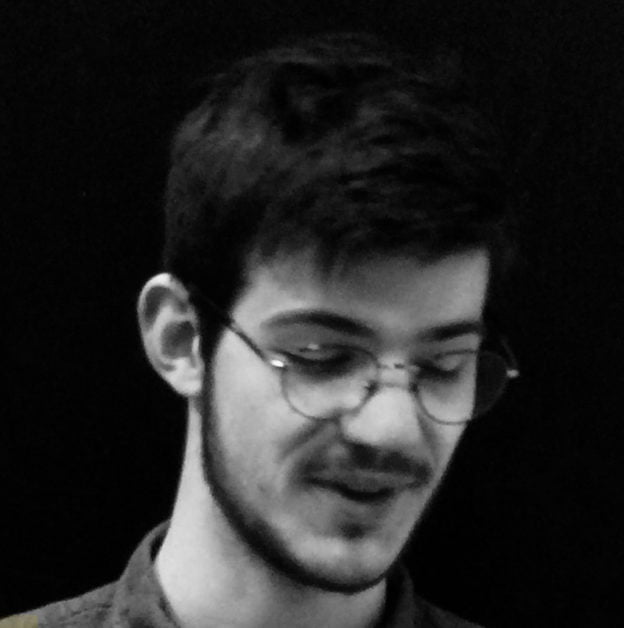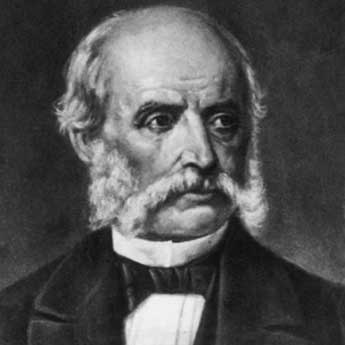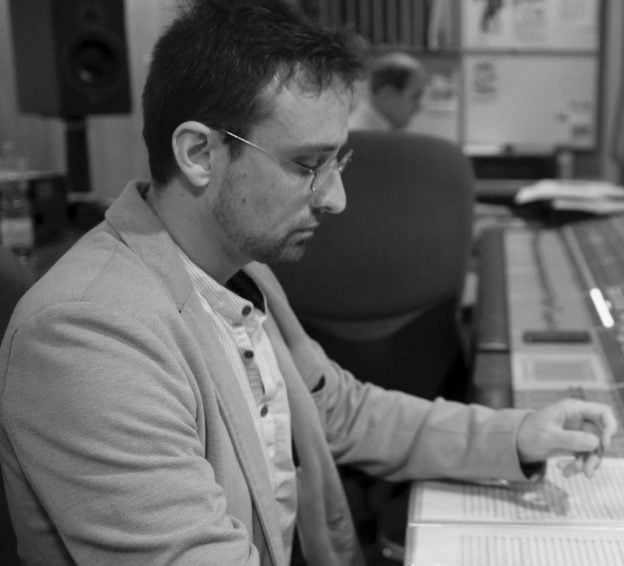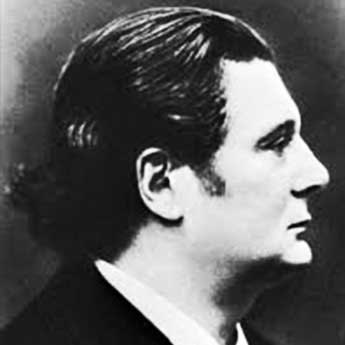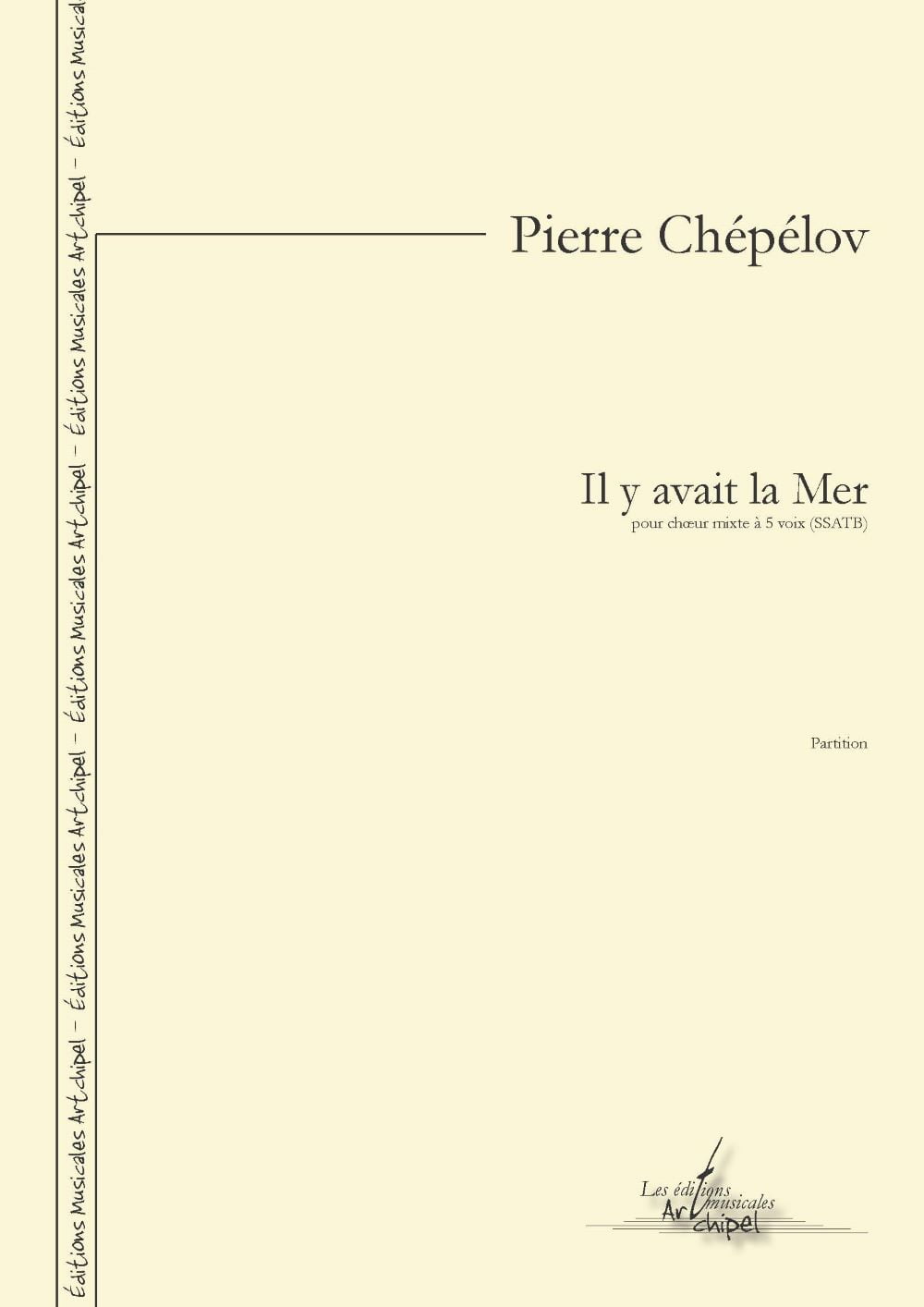Il y avait la Mer
8,00 €
12,00 €
Much has been said about the poet Xavier Grall, the “Breton albatross1 ” with a Rimbaldian destiny. But
Ne me parlez pas de moi
Sur ma tête mettez une pierre
D’argile blanche
Et parlez-moi de la terre[1].
Shortly before his death in December 1981, Grall began work on Genèse:
I’ve started a very long poem, Genèse, a lyrical and torrential celebration of planet
planet Earth (Rivers, Seas, Plains, Islands, Cities, etc.) [ … ] I’m exhausted, worried, and so astonished amazed to give Genesis a joy that leaves me! The mystery of creation3.
Of this vast project, only two completed songs – and one unfinished – have ever been published4.
Here set to music, le Deuxième chant, dedicated to the Seas, consists of five parts which, after the
opening line
Il y avait la Terre
paint a vast maritime fresco, whose thematic blocks can be summarized as follows:
I – the oceans, Ouessant and Ys; II – seabirds, the polar world; III – marine animals, fishing; IV – Breton boats, sea cemeteries; V – boats, sails, storms) are interwoven and articulated smoothly, through cross-fades, assonance and alliteration; the end of each part brings us back to human suffering, in a pathetic clausule:
Et il y avait ma peine
Dans mon lit de misère
For the musician, it’s first and foremost a question of accompanying the poet’s rhythmic flow, channeling the anaphora “Il y avait” (“There was”) like an ocean flow with constantly renewed waves and surprising energies. Then there are the many colors of the sea, to be transcribed with harmonic brushes. Finally, there are the musical resonances that the text itself awakens here and there, calling forth melodic snatches that evoke old Breton songs or Ravel.
The five-voice choir – dear to the madrigalists – is occasionally joined by various
solo voices.
In the last movement, the entire choir is divided into 3 – or 2 – voices, the sea being like a hydra with multiple voices. You may choose to group the 3 (or 2) choruses together to spatialize the polychorality, or retain a traditional choral arrangement to highlight the contrasts within each section.
Whatever the rhythmic and metrical arrangement, care should be taken not to use a false accent in the incipit “Il y avait”, and to always consider it as an anacrusis of its subject.
Pierre Chépélov
Additional information
| Weight | 0,400 kg |
|---|---|
| Dimensions | 21 × 29,7 × 1,6 cm |
| Support | PDF, Papier |
